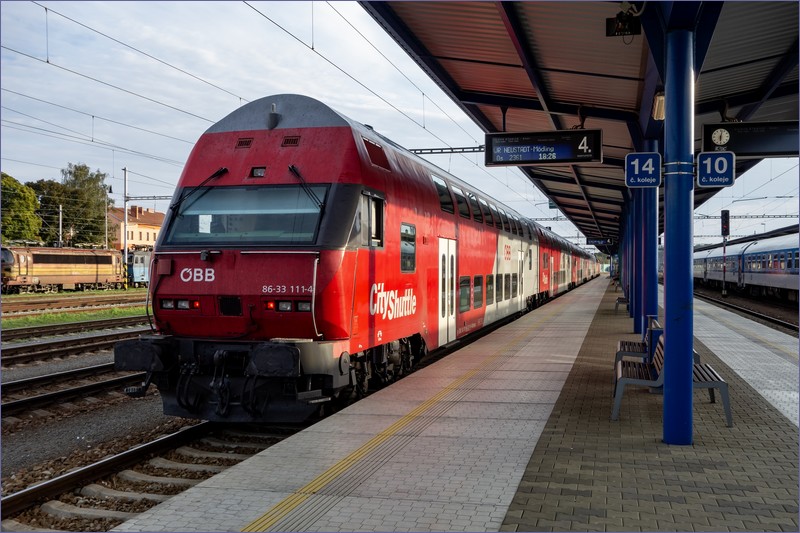Brno is the capital of the South Moravian Region and the second-largest city in the Czech Republic. It is an important railway hub. Numerous international trains stop here, and the main train station is located in the very center of the city. You can plan many day trips from Brno by train, including to Prague and many other places in the Czech Republic, Austria, Slovakia, or even Hungary.
In this article, I have listed only the most important places—the South Moravian Region is better explored by bike, as there are many small, charming towns along the way with individual monuments that you won’t have time to visit when traveling by train. It’s also worth mentioning the numerous hiking and biking trails; I particularly enjoyed the paths along the Svitava River and the trails around the rather unattractive towns of Blansko and Adamov. Near Blansko, the Macocha Abyss (a karst sinkhole) and the Punkva Caves deserve special attention.
Direction: Česká Třebová and Pardubice
Rájec nad Svitavou (optional) – a town known for its classicist palace in the French style. Together with a nearby village, it forms the municipality of Rájec-Jestřebí, which is also the name of the station where local trains from Brno stop. Four kilometers from the station, in the town of Černá Hora, you can view another palace from the outside, though its interiors are not open to visitors.
Boskovice (optional) – a typical Czech town worth visiting. In addition to a market square with surrounding streets, tourists come here to see a castle with a park, a palace, a synagogue, and remnants of the Jewish ghetto. Nearby there’s a western-style town, a golf course, and many hiking trails. The town also hosts numerous cultural events, including the famous Goose Festival. Boskovice can be reached by train from the nearby station Skalice nad Svitavou, where local and express trains from Brno toward Pardubice or Letovice stop.
Polička – another town worth visiting. Its historic center is surrounded by preserved town walls (similar to Byczyna or Paczków), making it attractive as a whole. The small center covers a compact area. Local trains from Svitavy stop at the train station.
Svitavy (optional) – a small, pretty town (16,000 inhabitants); the beautiful Peace Square (náměstí Míru) is particularly noteworthy. Beyond the square, there are a few historic villas, churches, and remnants of the city walls. A walk from the train station to the center takes 10 minutes; an hour and a half is enough for sightseeing.
Litomyšl – one of my favorite Czech towns. Every lover of the Czech Republic and every ambitious tourist should visit it. Litomyšl is famous for its beautiful square and very lovely chateau. It’s a small, photogenic town that I can wholeheartedly recommend. Trains to Litomyšl depart from Choceň station, and the ride on this local line is an attraction in itself. On the way, you can stop in the town of Vysoké Mýto.
Pardubice – the capital of the Pardubice Region; an important railway hub. It takes about 10 minutes to walk from the station to the small historic center. The center is nice, especially the square and the palace (I haven’t been inside). Beyond that, there are a few streets and that’s it. You can see everything in two hours—after that, it gets a bit dull. At Pardubice-Rosice station, there’s a small Museum of Public Transport and Railways. A good destination for a several-hour trip. From Pardubice, it’s worth taking suburban bus no. 16 to the nearby Kunětická hora castle.
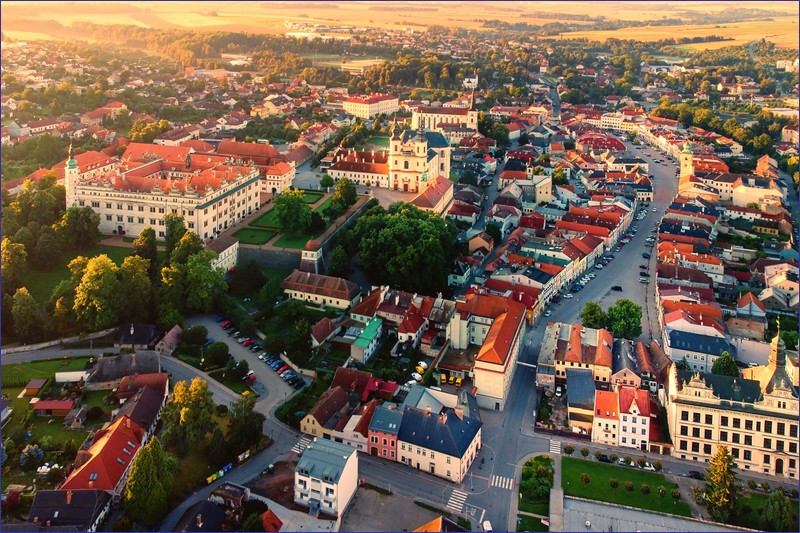
South Moravia
Mikulov – the town is known for its vineyards, but the town center’s architecture is among the most beautiful in the Czech Republic. Main sights include the castle overlooking the town, a synagogue, a Jewish cemetery, the Church of St. John the Baptist, and the ruins of the so-called Goat Castle. Mikulov is a must-visit when in this region.
Moravský Krumlov (optional) – a much smaller town than Český Krumlov, and not very popular among tourists. Its symbol is a castle/palace, reportedly quite neglected. The center contains religious monuments (churches and a monastery), a Jewish cemetery, and above the town rises the chapel of St. Florian. There is also an archaeological site nearby.
Slavkov u Brna (optional) – a small town where the Battle of Austerlitz is reenacted annually. On regular days, it’s worth seeing the Baroque palace and the Peace Monument at the site of the French victory over the Russians and Austrians.
Valtice – a town very close to Lednice, frequently visited by tourists, known for its chateau, charming town center, and the Czech Wine Salon. Between Valtice and Lednice, there are several architectural gems: the so-called Temple of Diana (Rendezvous), the chapel of St. Hubert, and the Reistna Colonnade. Valtice can be reached by train on the Břeclav–Znojmo line.
Veselí nad Moravou (optional) – a pretty town with about 11,000 residents. The historical center is preserved. The town’s symbol is a chateau with an English park; in the center, the Church of St. Bartholomew and a Jewish cemetery stand out. Near the station is the town’s prettiest church – the Church of the Guardian Angels.
Znojmo – a town of 33,000 picturesquely located near the Austrian border. The center features a distinctive rotunda, the Church of St. Nicholas with the Chapel of St. Wenceslas, and a town hall with a viewing tower. The most beautiful spot is the city walls, offering amazing views of the surroundings. I recommend a trip to Vranov nad Dyjí, where a Baroque castle rises over a cliff, and the Austrian town of Retz. Railway enthusiasts should ride the train from Brno to Znojmo via the branch line with a transfer at Hrušovany nad Jevišovkou. The bus is much faster, but the train ride—especially in spring and autumn—offers a chance to feel the unique atmosphere of Czech local lines.
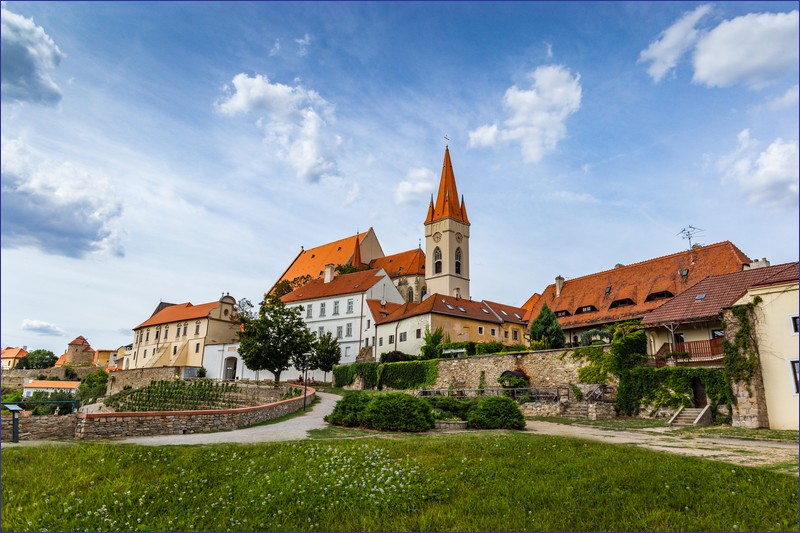
Direction: Olomouc
Vyškov (optional) – a town located on the Bohumín–Brno railway line, and the last stop for express trains before reaching Brno. The town center is quite pleasant, especially the main square with the town hall (the tower is accessible only on selected days with a guide). There are several attractions for families with children – a Dinosaur Park, a Zoopark (a small zoo), and an aquapark. For adults, there’s the Museum of Aviation and Land Technology. The town also hosts a military base. The castle (more of a palace) with gardens is rather unimpressive.
Olomouc – The capital of the Olomouc Region. A beautiful center with two market squares and charming streets and alleys. A 10–15 minute walk from the railway station, or a short tram ride. Many religious landmarks: cathedral, churches, town hall, and a pleasant atmosphere. Not overrun by tourists. A well-regarded zoo is about 10 km from the center. An excellent destination for a day trip.
Litovel (optional) – A typical Czech small town about 18 km from Olomouc, known for its beer. The attractive small center has a town hall tower open to tourists. Nearby are fish ponds and a notable high school building. Religious monuments include churches and chapels, the reconstructed St. John’s Bridge over the Morava River, and remnants of the city walls. To reach Litovel by train, change at Červenka Station. The line is local and often discussed for closure and conversion into a bike path. The bus ride from Olomouc takes about 45 minutes.
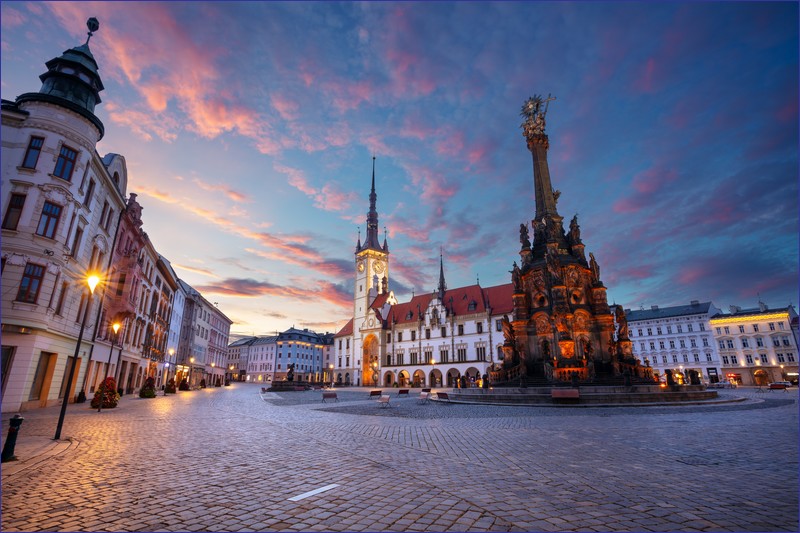
Day trips from Brno by train – Vysočina Region
Jihlava – the capital of the Vysočina region. A bit sleepy, but worth visiting for a few hours. One of the largest town squares in the Czech Republic (spoiled somewhat by a shopping pavilion in the middle), nice streets, preserved defensive walls, the photogenic Virgin Mary Gate, several churches, and a small but well-reviewed zoo make it worth a stop. Everything is compact. You can get to Jihlava by express train from Brno. The city has two stations—Jihlava is a renovated main station on the city’s outskirts. It’s a 20-minute walk to the center through housing estates, or you can take public transport. Jihlava město station is right next to the historic center, though when I last visited, it was completely closed. In any case, I recommend the city to every ambitious tourist.
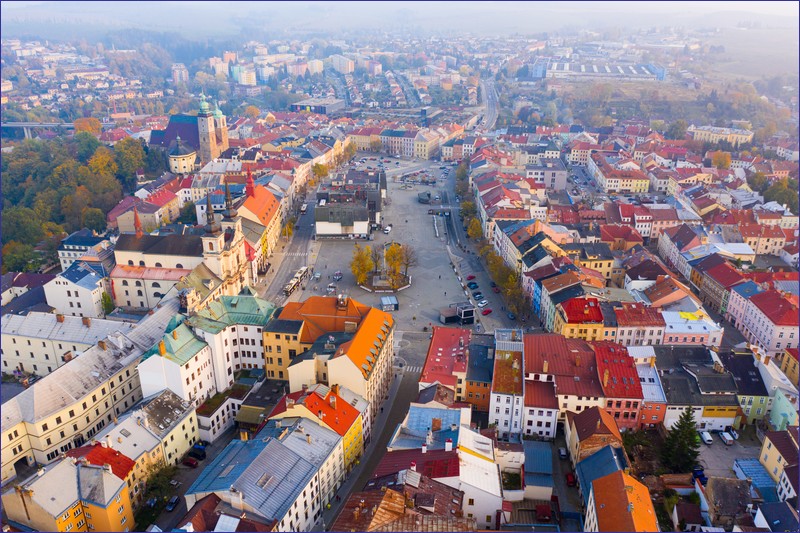
Jaroměřice nad Rokytnou – a town known for its palace nicknamed the “Moravian Versailles.” The palace is 2 kilometers from the train station, which is served by local trains on the Znojmo–Okříšky route (also recommended for fans of local rail lines).
Telč – a stunning town with one of the most beautiful squares I have ever seen. Unfortunately, in tourist season it is crowded with visitors from across Europe. Besides the famous square, it’s worth visiting the castle with its park and walking along the banks of the fish ponds, which add charm to this lovely town. Prices in guesthouses and restaurants are relatively high. Telč is not located on a main railway line. To get there, you must transfer at Kostelec u Jihlavy station, served by local and express trains from Brno to České Budějovice and Plzeň. From Jihlava, it’s much faster by bus—the ride takes 37–45 minutes, while by train it’s 30–40 minutes longer. You can continue your journey to Slavonice, located in the South Bohemian Region. This small town has a modest but beautiful center. In the past, it felt like time had stopped decades ago. I’m not sure how it is today.
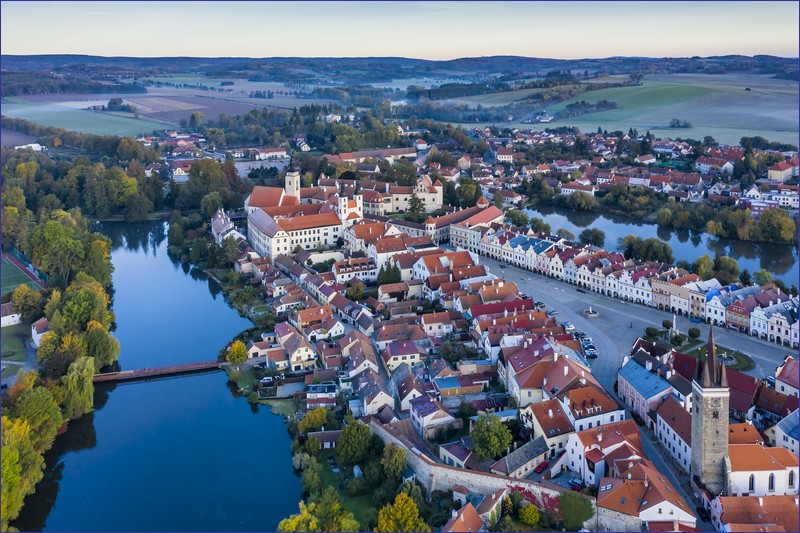
Třebíč – a city known primarily for its preserved Jewish quarter and Jewish cemetery. Add to that a castle, the Chapel of the Holy Cross, and a lovely square (Karlovo Square), and I can wholeheartedly recommend Třebíč to any tourist. It’s worth a 2–4 hour visit. The walk from the train station to the center takes 5–10 minutes.
Slavonice – a town in the South Bohemian Region with fewer than 2,500 residents, and the final station on the local railway line from Kostelec u Jihlavy, which passes through Telč (in Vysočina) and Dačice. Slavonice lies right on the Austrian border. Don’t expect spectacular monuments from a town this size, but the town center is one of the most charming I’ve seen in the Czech Republic. And the atmosphere—like time stopped 40 years ago (though I don’t know how it is today). Two city gates are preserved, and I recommend climbing the tower of the Church of the Assumption of the Virgin Mary. Outside the center, there is a Way of the Cross to the Church of the Body of Christ and the Holy Spirit, some chapels, and a fallow deer farm. Two to three hours is plenty.
Direction Bratislava
Bratislava – the capital of Slovakia lies at the tripoint of the Slovak, Austrian, and Hungarian borders. According to many tourists, it’s a boring and unremarkable city, but I liked its compact historical center. The main attractions for a typical walk around the Slovak capital are the Michael’s Gate, Main Square, National Theater, Bratislava Castle, and a stroll along the Danube. You can also take suburban buses to visit Devín Castle. It’s a great place for a day trip.
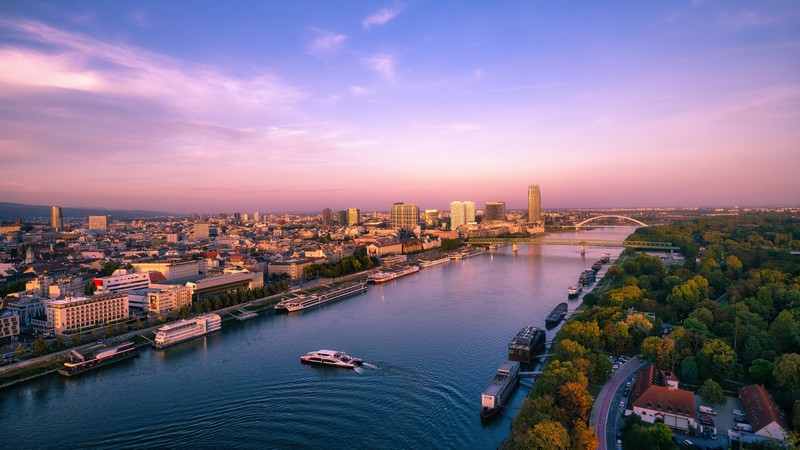
Direction Vienna
Vienna – the capital of Austria and one of Europe’s most culturally rich cities, known for its imperial history, classical music heritage, and elegant architecture. Once the heart of the Austro-Hungarian Empire, Vienna boasts grand palaces like Schönbrunn and Hofburg, world-renowned museums, and iconic buildings along the Ringstrasse. It’s closely associated with composers such as Mozart, Beethoven, and Strauss, and its State Opera House remains a symbol of its musical tradition. The city is also famous for its historic coffeehouses, vibrant art scene, and high quality of life. Perfect destination for day trips from Brno by train. The Wien Hbf railway station is located close to the historic center but day ticket for local public transport is recommended.
Related articles:
Train travel in the Czech Republic – a comprehensive guide
Scenic railways in the Czech Republic
Narrow-gauge railways in the Czech Republic
